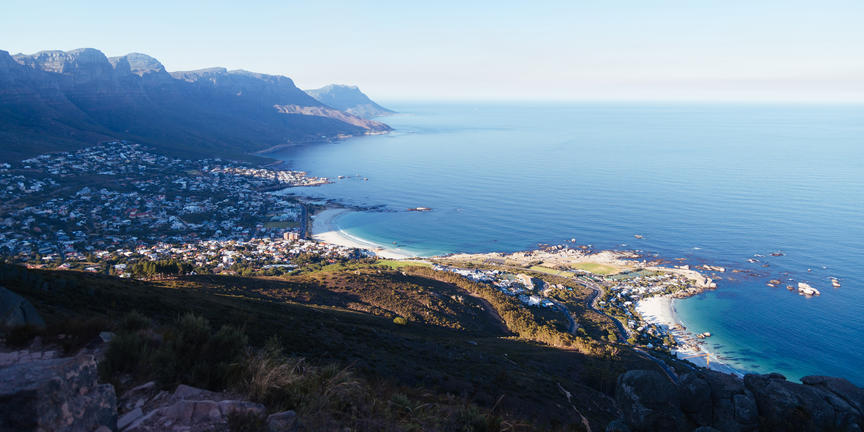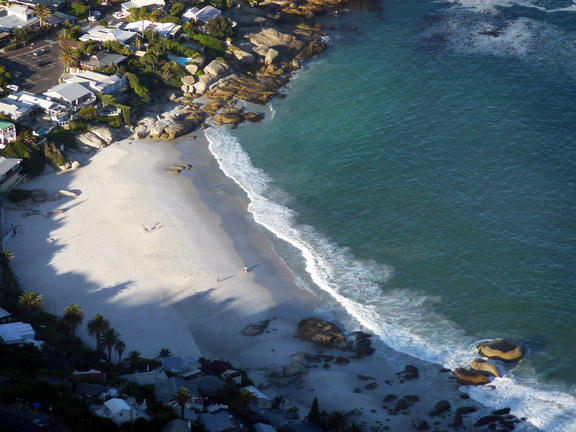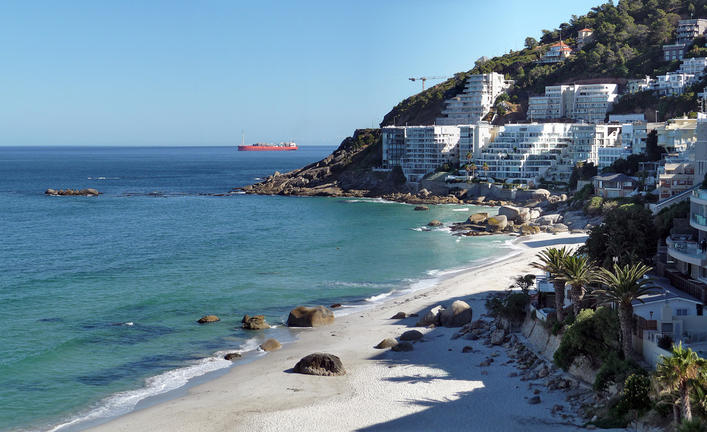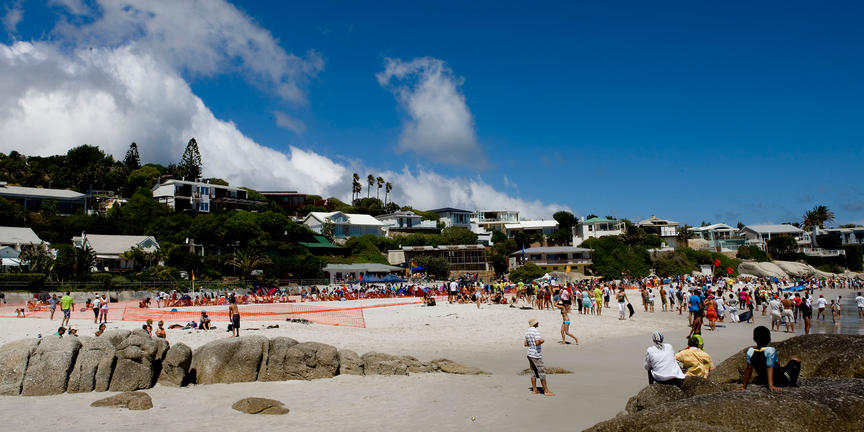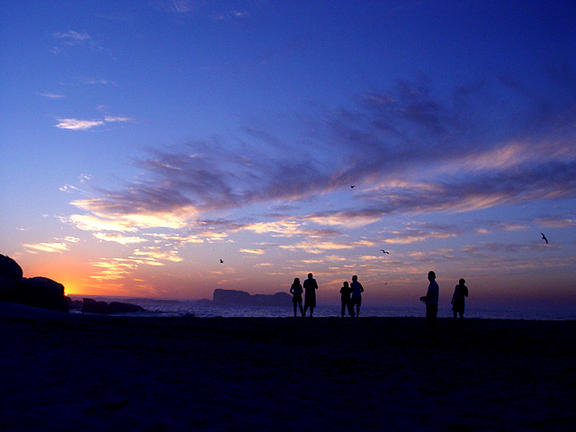This über-chic area with a trendy reputation and which is a haven for international jetsetters has a long and unique history.
The first visitors to Clifton were the Khoi tribe, the Goringhaicona, who lived along the shores of the Cape. Katoa, the daughter of one of their chiefs served as an interpreter between Jan van Riebeeck and the Khoi people. A monument in Krotoa’s honour now stands at the Castle of Good Hope in Cape Town.
The first European settlement in the Clifton and Bantry Bay area occurred in 1783 when a botanical garden was established on the lower slopes of Lions Head. Then, Clifton was known as Schoenmakers Gat after a Dutch shoemaker who lived in a cave near the beach. When passing farmers were on their way to the market, they would leave their shoes to be mended by the old Dutch cobbler. It is said he was a deserter from the Dutch East India Company. Unfortunately for him, he was caught and taken to the castle in Cape Town. In 1890, the settlement was renamed after Bessie Clifton, the proprietor of the only hotel in the area.
At the end of the First World War, there was a large housing shortage for the soldiers returning from the front. The British Admiralty owned the land in Clifton, and they allowed the soldiers to erect bungalows along the coast. Many of these bungalows were built out of packing cases used to transport cars.
There was one quite odd rule introduced by the council. To discourage permanent residence, anyone leasing land in Clifton was forced to vacate their bungalows between June and August. In 1984, it was declared a National Monument and the stunning views were saved from being blocked by an infestation of high-rise buildings.
Together with its immaculate white sands and glistening water, Clifton’s 4th beach exudes sufficient glamour and eco-savvy to deserve both its ‘see and be seen’ status as well as its blue flag status as well.
Home to the most expensive real estate in South Africa. An exclusive residential area with dwellings nestled on cliffs that have sweeping views of the Atlantic Ocean, the upmarket suburb of Clifton nestles against the backdrop of Table Mountain. It lies between Sea Point and Camps Bay just beyond Bantry Bay.
Clifton was rated as one of the Top Ten Beaches by Discovery Travel Channel in 2003 and 2004 and has received Blue Flag status. In 2005 and 2006 it was rated by Forbes at number 8 in the Top 10 Topless beaches in the World.
The beaches at Clifton are divided into four distinct coves by stretches of granite boulders and, despite not having very imaginative names, the beauty of 1st, 2nd 3rd and 4th Beaches rather makes names superfluous. All 4 beaches are well protected from the notorious south-easterly wind with the occasional wave lapping the shoreline. As the throngs of tourists tend to head to Camps Bay’s restaurants, clubs and bars in the evening, the quiet beauty of Clifton is unmatched.
Speaking of the quiet beauty of the evenings, each of the beaches is reached by a flight of stairs down from the road and it is well worth it if you would like to enjoy a colonial Southern African tradition - sundowners while watching the legendary sunsets Africa has to offer.
